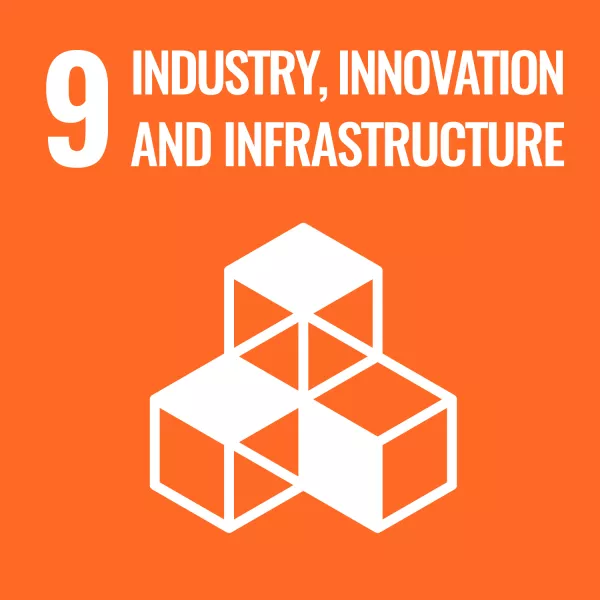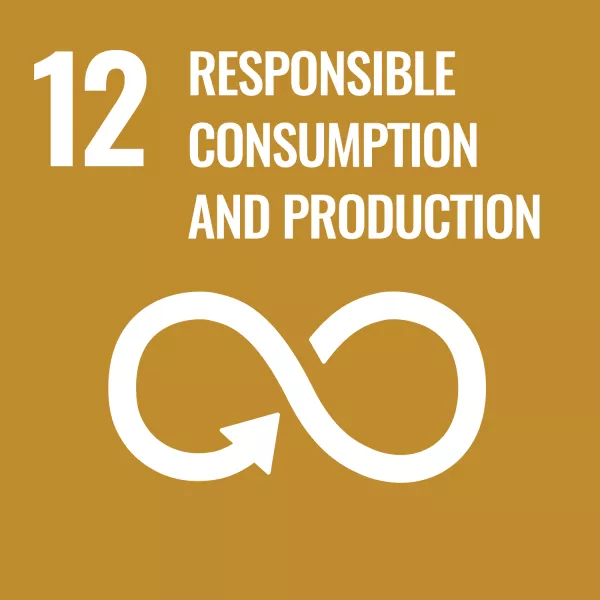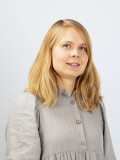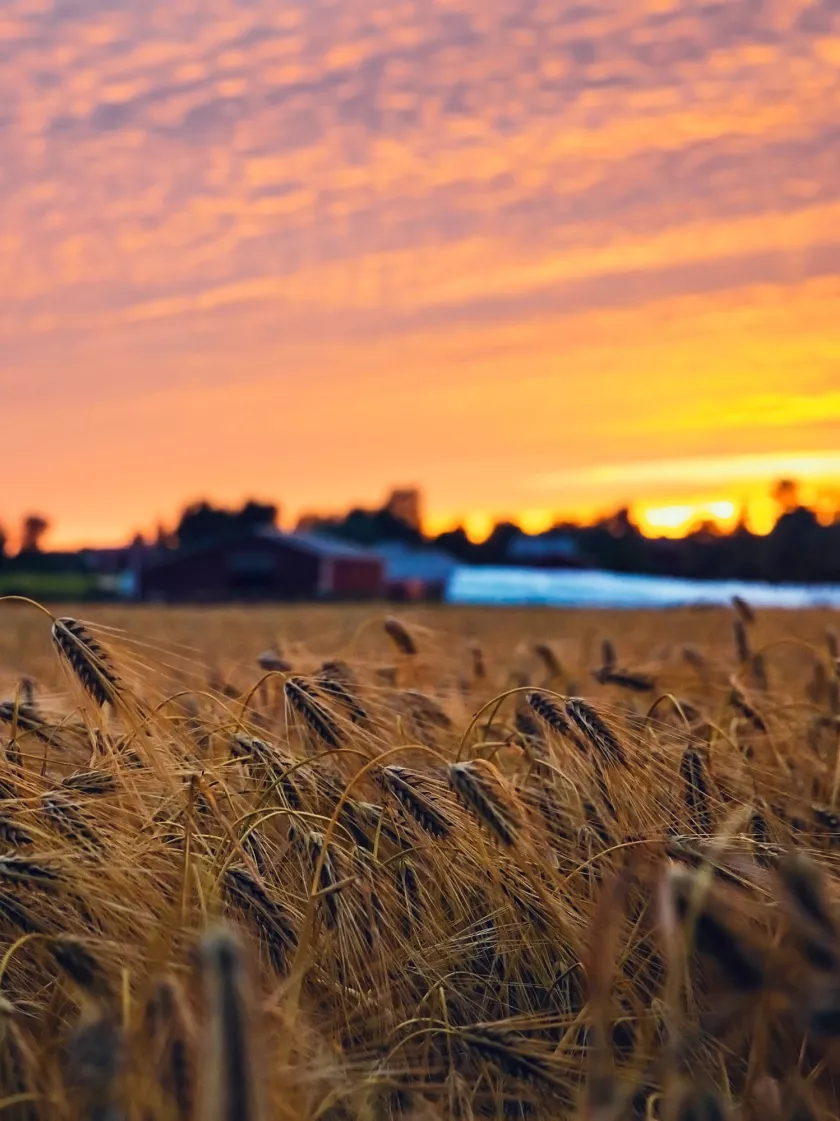
About the project
The overall goal of this project is to find ways to reduce the volume of wasted wool throughoutthe entire value chain of wool production. Wool is a natural material with a wide range of
beneficial properties like insulation, breathability, durability and easy care to name a few. It
is a sustainable, locally produced material that is easily compostable - a soil to soil reusable
material. Still, it is thrown away or destroyed in many European countries, including the Nordic
and Baltic.
While spinning yarn is a well used production method in our countries, felting as a technique
is less used and favored. Felting is still a technique with long traditions within and across our
borders - a technique that in recent research has proven to be useful with coarser wool and
therefore presents an interesting option.
Project goal
In this project, we will build a knowledge base about the opportunities for felting of coarser wool,investigate the availability of industrial activity, education programs related to wool and felting,
and practicing crafters or artisans. To reach our goal, we aim to exchange knowledge across
different regions and sectors and build a new network between Nordic and Baltic countries. By
doing so, we can also extend business collaboration for the participants, simultaneously adding
value to unwanted wool. Insights from the different regions will be gathered and disseminated
throughout our participants and organizations, as well as within the sectoral level consisting of
farmers, artisans, designers and commercial actors.
Impact
F.E.L.T. WOOL was a Nordic/Baltic networking and knowledge project. We focusedon felting/non-woven textiles, and the wool value chain of local and coarse wool. During the
project, the participants gathered information about felting of coarse wool in each of the five
participating countries. The participants visited businesses that produce different felt qualities
by machine felting. The participants also visited artists and felt makers and representatives of the whole wool value chain in each of the participating countries. The participants met people from local sheep farmers’ associations. They connected with people and industries that use local wool, such as wool spinning mills and carding factories.
The project goal was to share knowledge and create a network between the Nordic and Baltic
countries; Norway, Sweden, Lithuania, Finland and Estonia, to help businesses and local
entrepreneurs find new ways to use wool that might otherwise be waste. As a result of the
project, the participants now have a network where individuals, industry and organizations
can cooperate to improve and reduce waste in the wool industry and handicraft businesses.
Students from Novia UAS and Viljandi culture academy participated in the travels and used the experiences, photos, videos and report materials for their further study and competence building.
UN's Sustainable Development Goals



Ulrika Dahlberg
Project Leader
